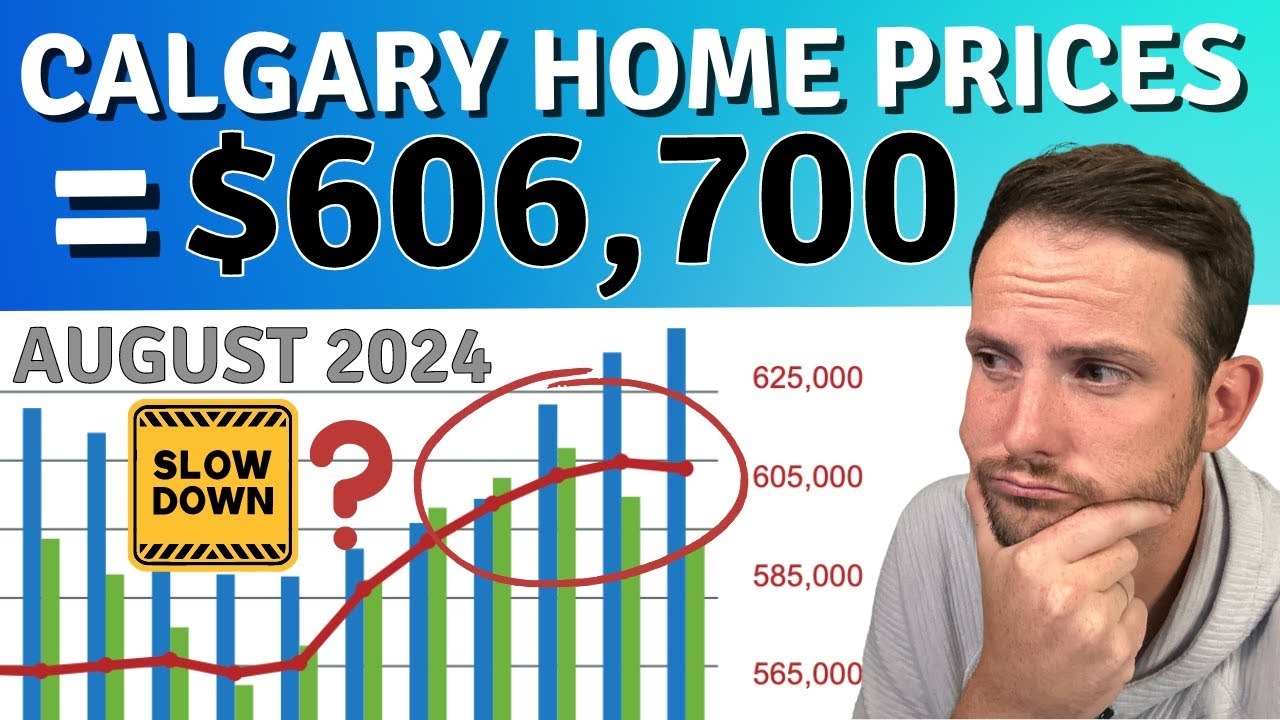Foreclosure Skyrocket In Greater Toronto Area
Summary
TLDRThe video discusses the alarming rise in power of sale listings and foreclosures in Canada's housing market, particularly in the Greater Toronto Area, with a 112% increase over the past year. Many homeowners, especially those who bought during the pandemic with low-interest rates, are struggling to renew their mortgages at higher rates, leading to significant financial distress. Despite the head of Canada's banking regulator claiming that most homeowners are managing well, the reality shows a troubling trend of rising bankruptcies and falling property values. The speaker emphasizes the disconnect between regulatory optimism and the harsh realities facing many borrowers.
Takeaways
- 📈 Power of sale listings in Ontario have more than doubled, indicating a surge in mortgage defaults as homeowners struggle with payments.
- 🏦 Despite rising foreclosures, OSFI claims the overall risk to the housing market is small, which contrasts sharply with current market realities.
- 📊 Monthly power of sale listings increased dramatically from an average of 4.5 in 2020 to 159 in 2023, highlighting a worsening trend.
- 💸 Many homeowners, particularly those who purchased during the pandemic, are facing unsustainable increases in mortgage payments, leading to financial distress.
- 📉 Homeowners with variable-rate mortgages are particularly affected, often struggling to pay even the interest, resulting in negative amortization.
- 🏠 A belief in real estate as the only reliable investment has led many to overextend themselves financially, exacerbating the housing bubble.
- 📉 A Kitchener home example shows a 31% loss in value over two years, representing a significant financial setback for the owner.
- 📈 The increase in insolvencies suggests that banks may tighten lending practices, raising risks for borrowers and further impacting the housing market.
- 💬 The narrative that Canadian homeowners are managing mortgage hikes well is challenged by the stark rise in bankruptcies and power of sales.
- 🔍 Ongoing monitoring of the housing market is essential as trends indicate potential further declines in property values and increased financial strain on homeowners.
Q & A
What has caused the recent explosion of power of sale listings in Canada?
-The rise in power of sale listings is primarily due to mortgage lenders repossessing homes from overleveraged buyers who are struggling to meet their mortgage payments.
How much have power of sale listings increased in the Toronto area over the past year?
-Power of sale listings in the Toronto area have increased by 112%, rising from 96 listings in September 2023 to 204 in September 2024.
What does 'power of sale' mean in the context of Ontario real estate?
-'Power of sale' is a process in Ontario similar to foreclosure, where lenders can reclaim properties when homeowners default on their mortgages, allowing for a quicker process compared to traditional foreclosure.
What impact has the increase in interest rates had on homeowners who bought during the pandemic?
-Homeowners who purchased during the pandemic, particularly with variable rate mortgages, are facing increased monthly borrowing costs and many are unable to pay both interest and principal, leading to financial distress.
What was the average number of power of sale listings per month from 2020 to 2024?
-The average monthly number of power of sale listings rose from 4.5 in 2020 to 159 in 2024, indicating a significant increase in distressed sales.
What percentage decrease in home prices has been reported in some parts of the GTA?
-In some parts of the GTA, home prices have reportedly fallen by as much as 40%, with the speaker suggesting actual declines could be closer to 50%.
What does the script suggest about the perception of the Canadian banking regulator regarding mortgage defaults?
-The Canadian banking regulator, OSFI, has expressed surprising optimism about how well homeowners are managing mortgage payment hikes, despite evidence of rising power of sales and bankruptcies.
What are the implications of increasing bankruptcy rates for lenders?
-Increasing bankruptcy rates among borrowers lead to lenders becoming more cautious in granting loans, as they perceive a higher risk of defaults.
How have consumer perceptions about real estate as an investment shifted?
-The perception that real estate is a guaranteed way to store wealth is being challenged, as many homeowners face significant losses on properties they bought at inflated prices.
What overall trend in the housing market is suggested by the data presented in the script?
-The overall trend indicates a deflating housing bubble, with rising power of sales, increasing bankruptcies, and significant declines in home prices, signaling a turbulent future for the market.
Outlines

This section is available to paid users only. Please upgrade to access this part.
Upgrade NowMindmap

This section is available to paid users only. Please upgrade to access this part.
Upgrade NowKeywords

This section is available to paid users only. Please upgrade to access this part.
Upgrade NowHighlights

This section is available to paid users only. Please upgrade to access this part.
Upgrade NowTranscripts

This section is available to paid users only. Please upgrade to access this part.
Upgrade NowBrowse More Related Video
5.0 / 5 (0 votes)





